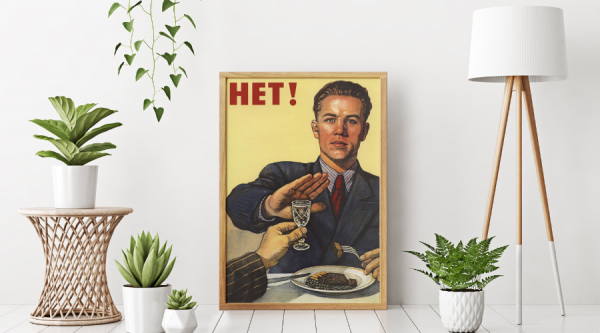
Soviet propaganda
Propaganda in the USSR was one of the methods of exercising control over the citizens, and as it turns out, the method was quite effective. Art always carries an ideological message and it cannot be spoken about in isolation from the political context (yes, expressionism can also be captured within this framework, but I’ll tell you more maybe another time), but in the case of the art of the Eastern Bloc countries, this aspect has achieved a kind of virtuosity unprecedented on such a huge scale.
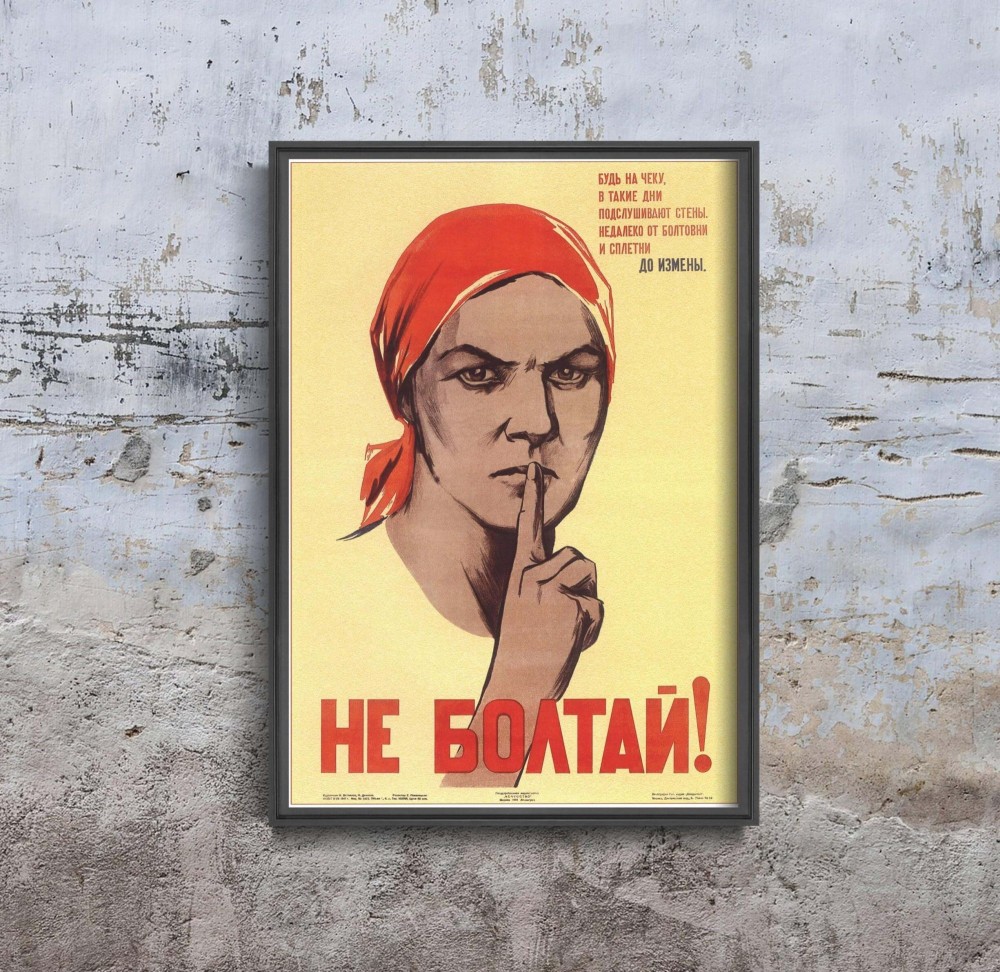
The problem of communism is primarily the problem of reconciling superior values. Theorists, philosophers, researchers of the history of ideas point out a certain consistency in the control of political thought - the inability to reconcile equality and freedom. Whether we treat them as absolute or rather spread them over a spectrum, the two values always conflict with each other and put up with each other. This struggle of values, which, according to Marxism theorists, is reflected in society by the class struggle, has given rise to the propaganda art. The art was to become egalitarian, not elitist, and so its form had to be chosen in such a way that its message would reach everyone equally and be readable to every citizen. There was no room for pompous, intricate metaphors that might not have been understood by less educated social strata.
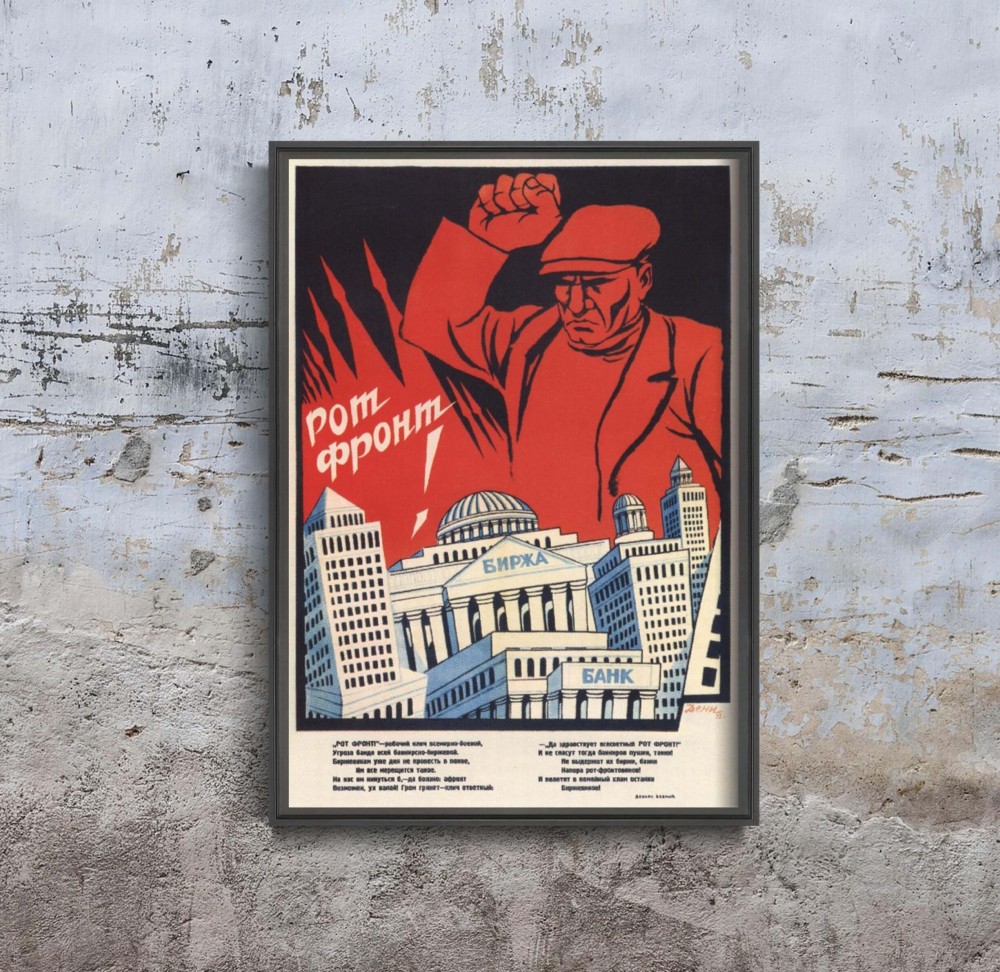
Socialist realism in art
Socialist realism was the only and basic method of artistic creation in the USSR and satellite countries. Although at first it seemed that the new authorities after the war would look more favourably on the Russian avant-garde, the Russian artists quickly passed a painful clash with reality, which forced many of them to flee beyond the borders of their homeland.
The doctrine of socialist realism in art imposed certain ideological limitations (with ‘certain’ being a rather strong euphemism on our part), but there is no denying that the era of socialist realism allowed new artistic movements to emerge in the spirit of modernism, unfettered by historical styles and seeking a new form of expression. Socialist realism allowed for the use of modern art forms with the preservation of elements typical of folk symbolism.
The propaganda of the USSR was aimed at spreading the image of communist Russia, building a utopia of brotherhood and justice. However, already present in the Lenin period, the propaganda intensified under Stalin. Stalin's message was simple - art was not only to emphasize the transfer of power into the hands of the working class, hence the estates and town halls built on the model of palaces, but also to express the values allegedly held by the party, such as community building, and to show Soviet Russia as a place of universal prosperity.
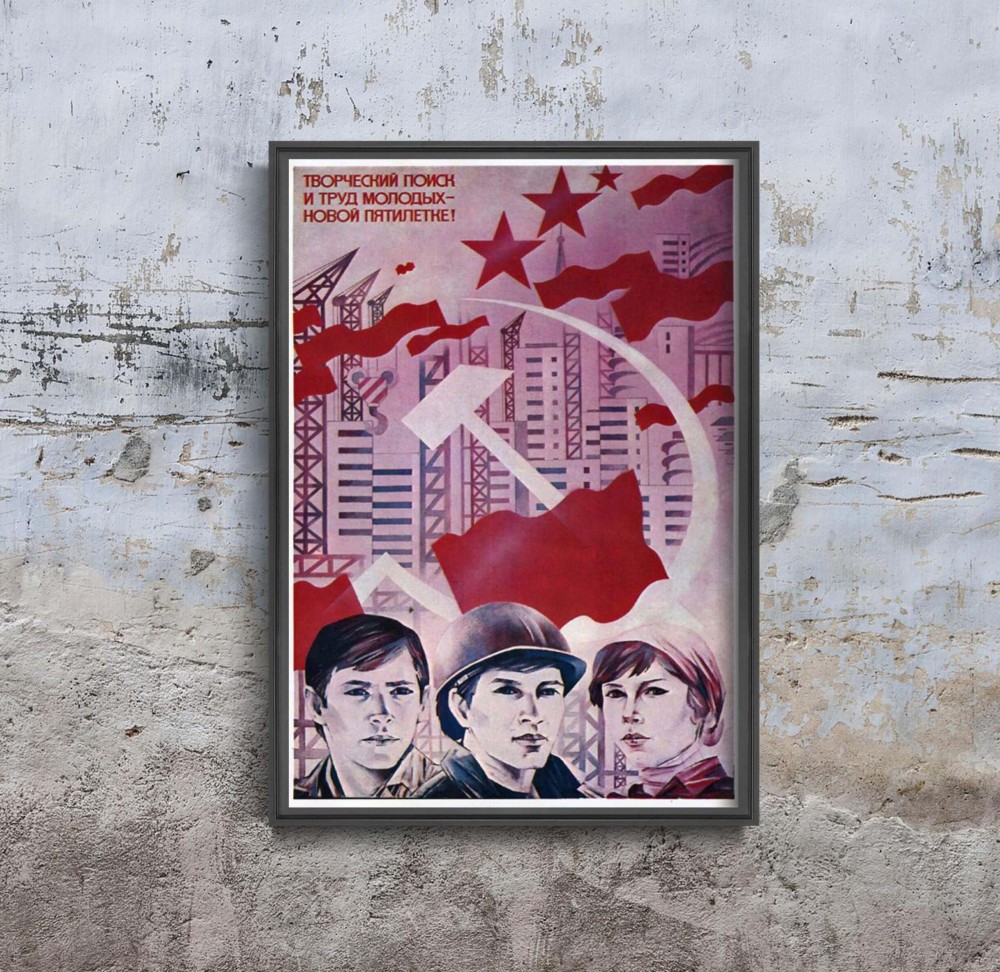
Propaganda posters
The propaganda posters were of particular value during the communist era - the working class to which they were directed consisted mostly of uneducated people who were not able to write or read. A simple, graphic message, presenting, for example, the triumphs of the Red Army on the fronts of World War II, allowed to reach people who, due to their class background, had no opportunity to receive education.
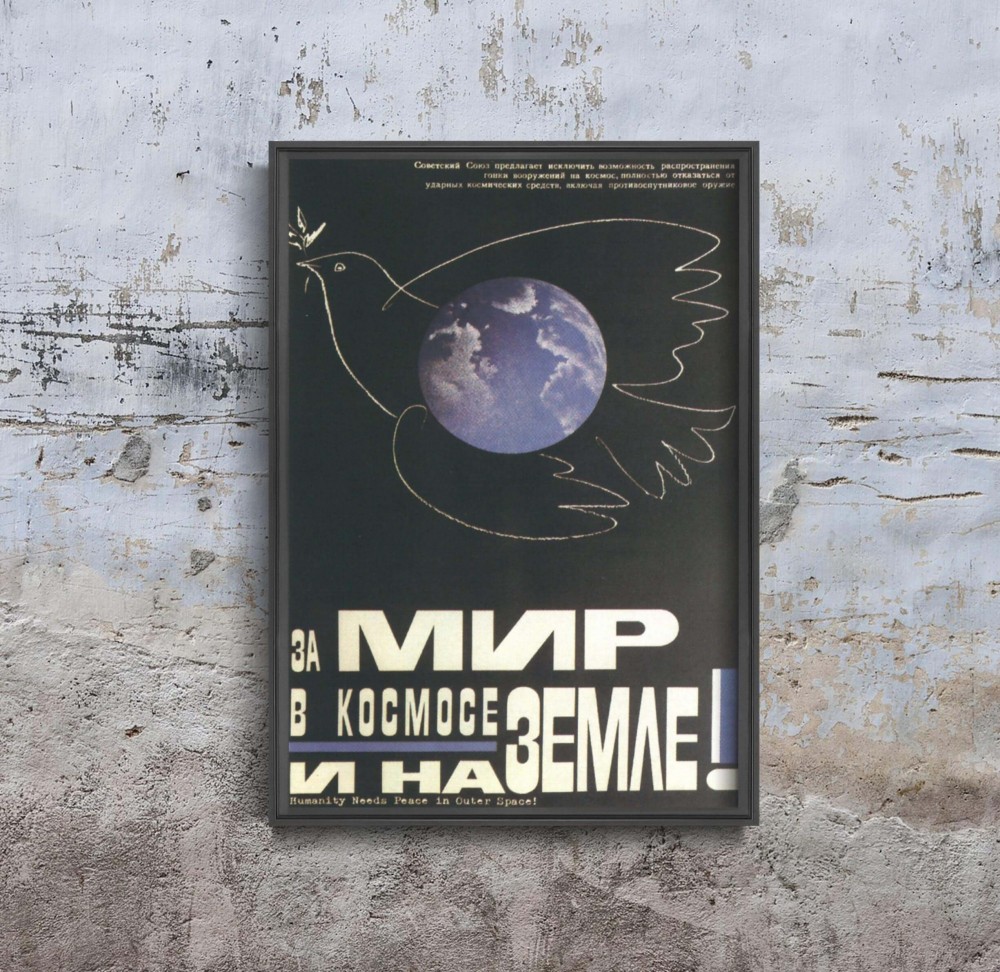
The Soviet propaganda poster was supposed to reach the mass audience and be, above all, clear in its message. Using universal and clear visual stimuli, it was supposed to help create a narrative creating a new, conscious (but surely?) citizen of the communist state in the spirit of Marxism-Stalinism. A citizen proud of his origin and class affiliation, feeling that he has influence on the fate of his homeland by fulfilling often simple but fundamental duties.
The main themes of the propaganda posters were dictated by the ideological program of the communist party. The images of Red Army soldiers taking part in the war against Nazism, the workers-peasant alliance, the achievements of Soviet scientists, the history of the workers' movement, class struggle, the overthrow of the bourgeoisie, workers in their daily work - these are the most important topics present in the propaganda message.
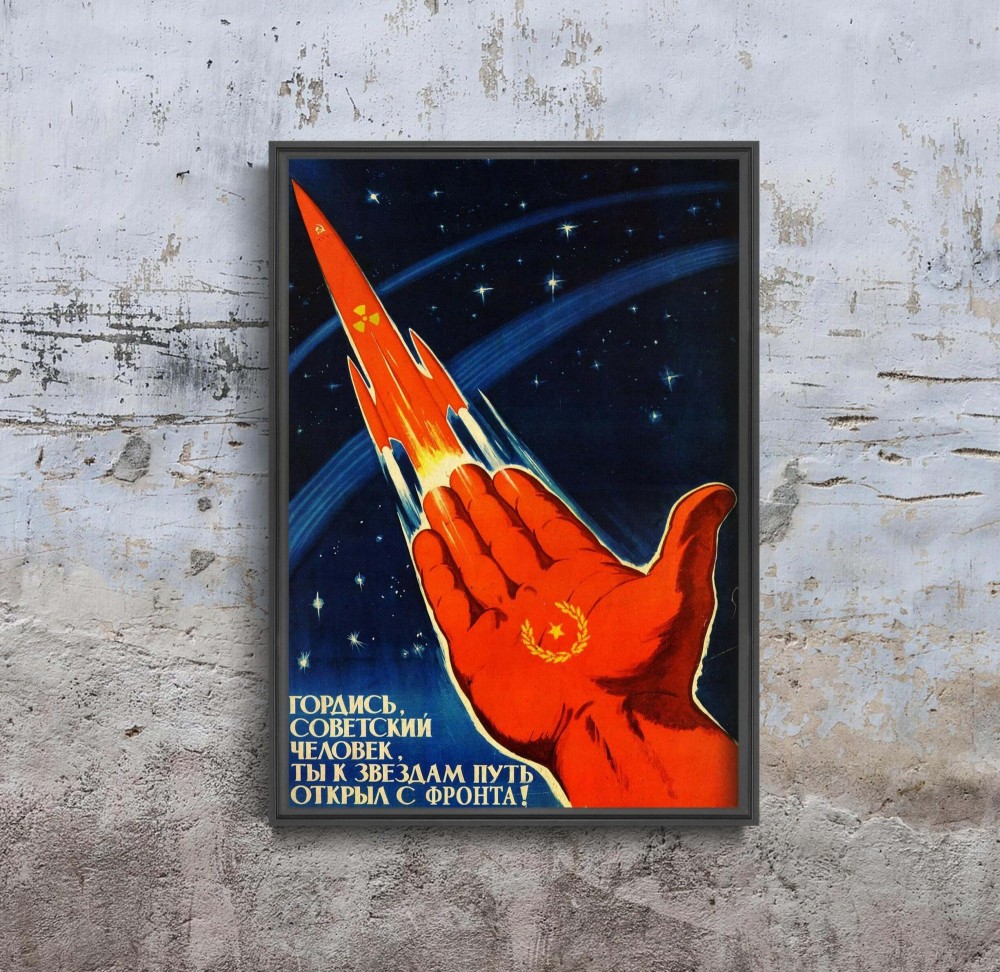
Stalin's propaganda
The thaw that followed Stalin's death resulted in a leniency of sanctions for unruly citizens, but did not necessarily allow for more freedom of artistic expression. The mass-produced industrial centers and the accompanying workers' estates, though in many cases true architectural gems, were supposed to be built quickly, which often ended in aesthetic nightmares.
Propaganda, however, continued to work well, although the importance of posters decreased after the spread of radio and television. New topics emerged that the communist authorities thought would be popularized, such as the arms race with the United States during the Cold War.
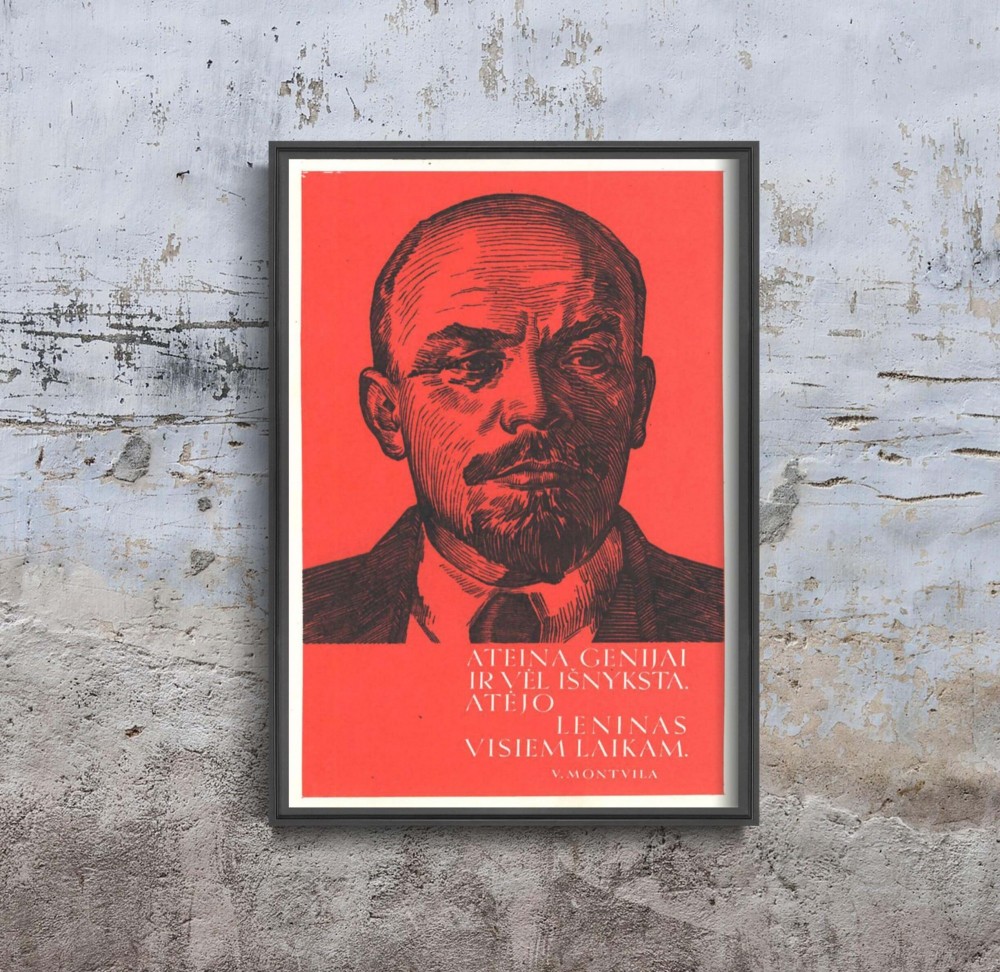
The Worker's Myth
The myth of a laborer can be calmly considered as the founding myth of the USSR. The eternal struggle, which Hegel described as a dialectic of master and slave, and which Marx and Engels were inspired to create a concept of class war between the bourgeoisie and the working class, is the main premise of Marxism, whose totalitarian branch is, after all, communism, known to us from 20th century Russia.
Communism was supposed to hand over power to the working class, oppressed and exploited by the bourgeoisie. In the historical context, these aspirations are understandable. The 20th century was a century of rapid social and economic changes, of industrial development on a huge scale, including above all heavy industry, a period of globalization. Such changes always have an impact on the poorest social strata, which are being exploited, overlooked and alienated and are beginning to demand fundamental rights. Sooner or later, someone would decide to use social moods to take power. And this is what happened, with the counterproductive effect.
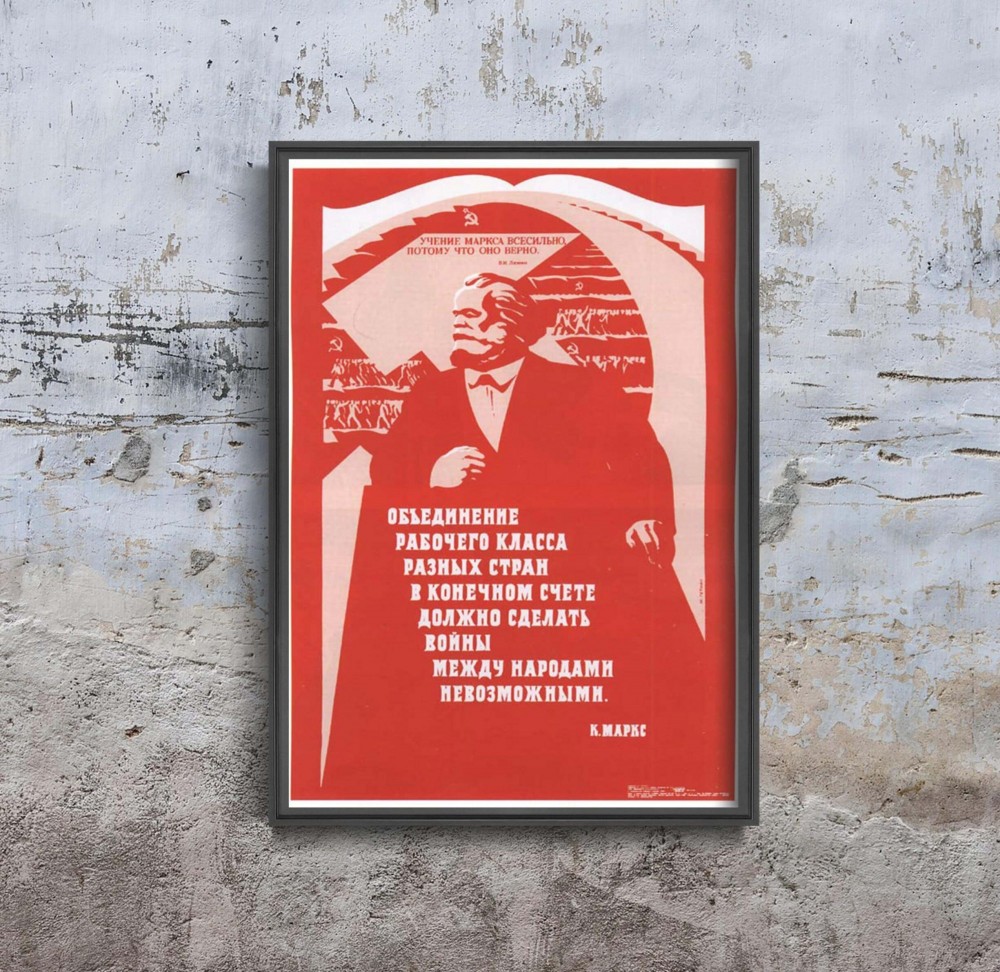
Propaganda posters today
Although the image of Marx is often only an empty symbol today, propaganda posters are particularly popular. They are often hung by some people probably because of their sentiment or liking for this particular epoch in history, but most of all they are valued for their aesthetic qualities.
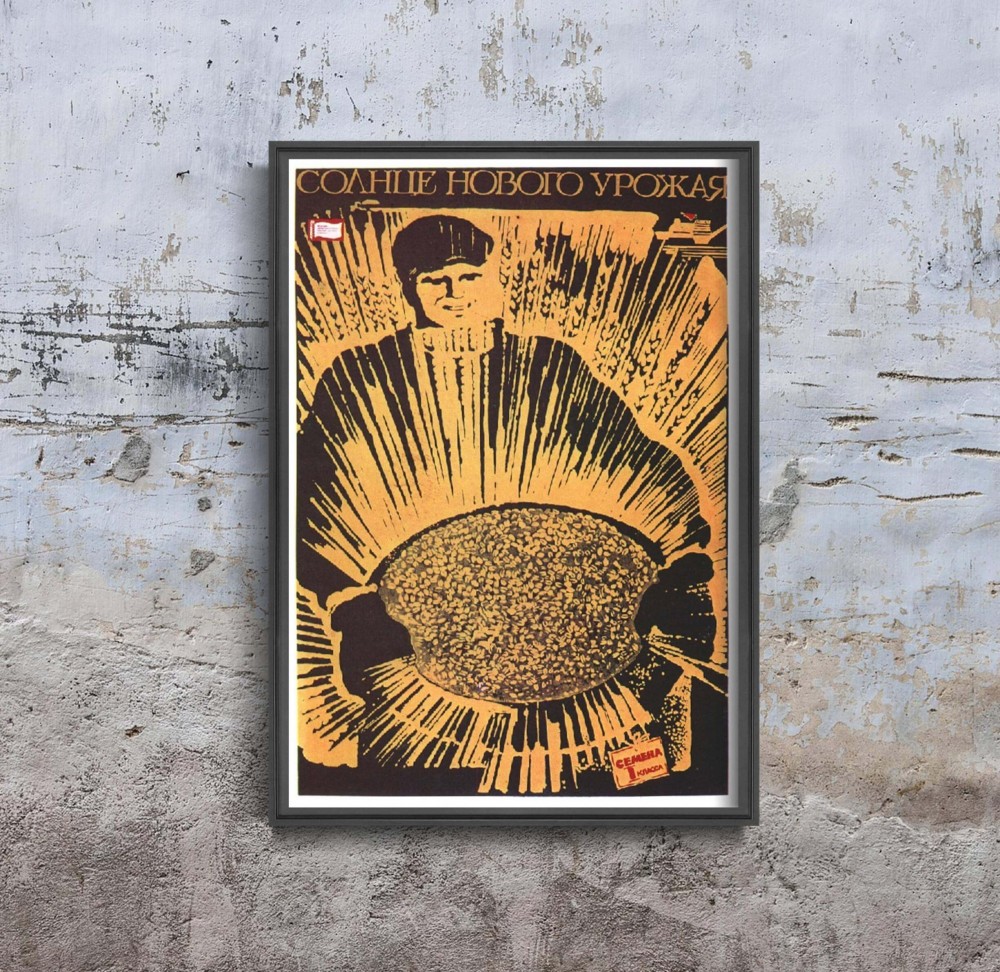
However, there is no denying that in many cases this fascination is dictated by a kind of abstraction of this period in history. Who of us did not start with the baking on our faces in the story of spies, double spies, or finally a bathtub of spies using microscopic cameras, which everyone has seen anyway. Who did not read into the stories about the conquest of the cosmos, the dog Łajce, the first man on earth's orbit. We all know also the history of Chernobyl nuclear power plant, persecution of inconvenient citizens, or, more prosaically, stories about queues for vinegar and toilet paper. In this context, posters presenting happy citizens who do not need anything because they need everything, the state provides them, seem an ironic joke.
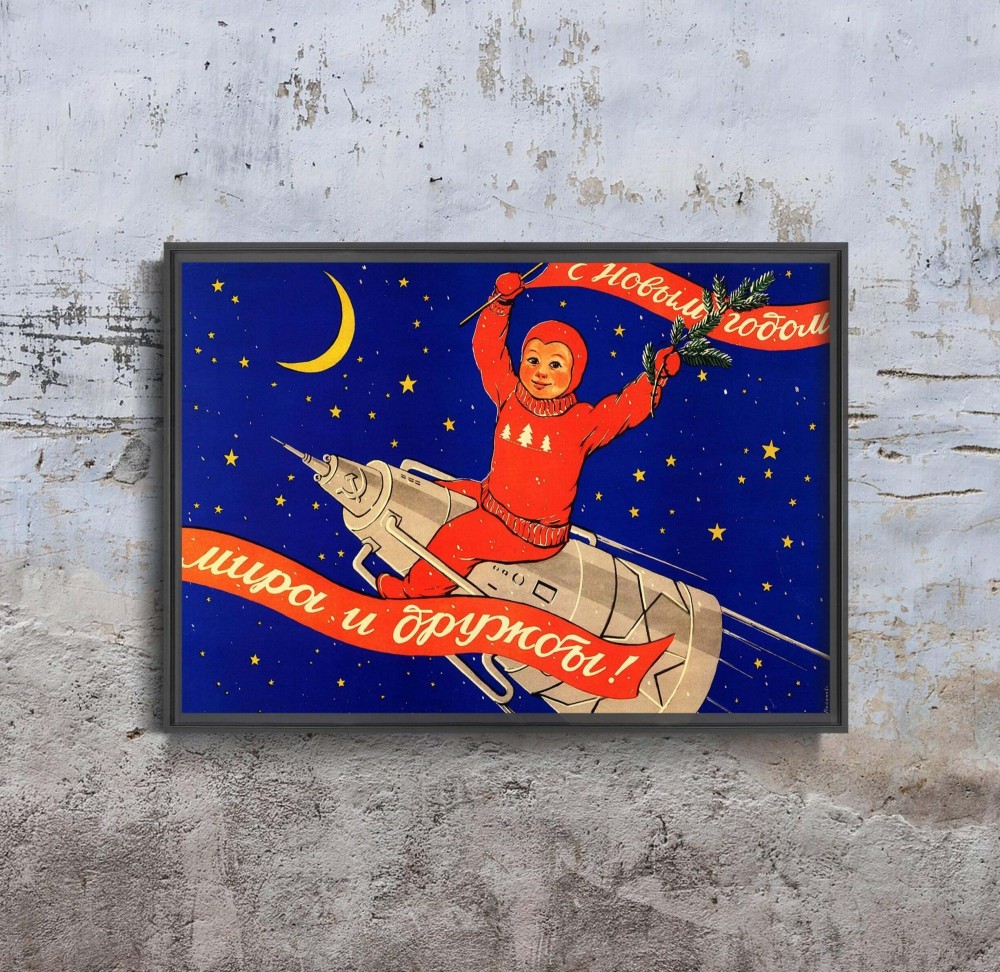
Related articles:

How to arrange a kitchen in retro style?

How to decorate a living room in retro style?

Loft in the climate of an old factory - how to decorate an industrial interior?


